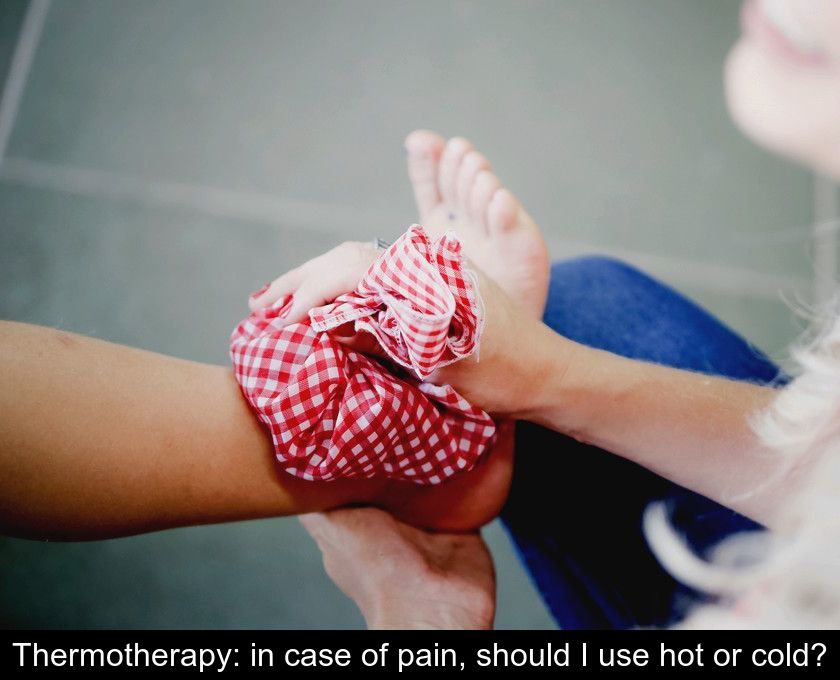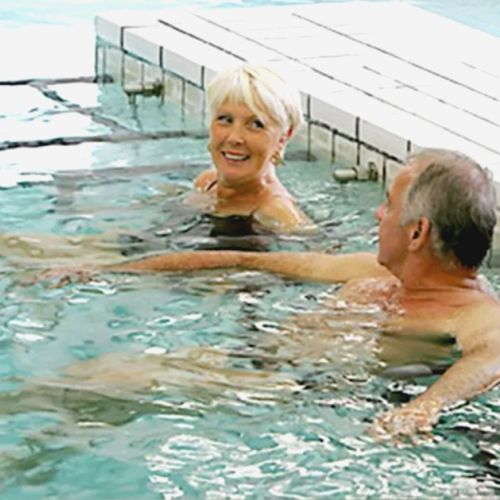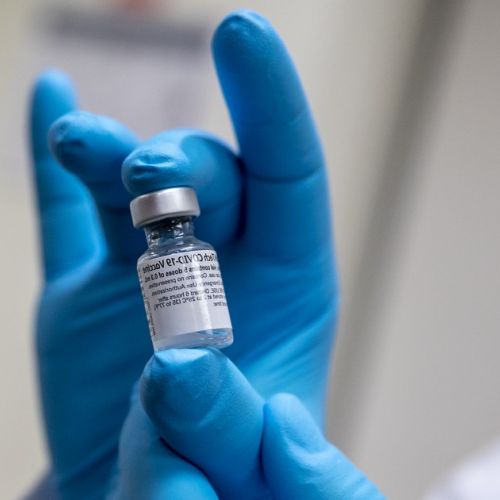Thermotherapy: In Case Of Pain, Should I Use Hot Or Cold?
Just as Monsieur Jourdain wrote prose without knowing it, you have probably already used thermotherapy without knowing it! This natural method consists of using heat or cold to relieve pain. We explain in which cases to use a hot water bottle or an ice pack.
Is thermotherapy effective?
At first glance, using a hot water bottle or ice cubes for pain sounds like a grandmother's remedy. And yet, the effectiveness of thermal therapy has been proven by science.
Putting hot or cold on a painful area does have a pain-relieving effect, although it should be noted that this action is moderate and momentary. In other words, the relief felt is real but short-lived!
Cold is your first anti-pain ally, especially for joints because of its anti-inflammatory action. Heat is just as interesting against certain pains, thanks to its relaxing effect on the muscles.
In what cases should I use cold?
If there is pain, put cold if the problem is traumatic or inflammatory.
Simply apply ice cubes wrapped in a cloth or a cold pack previously stored in the freezer to relieve the acute pain of a trauma: a sprain, a strain but also a shock or a bruise.
In case of a sprain, even a bag of frozen peas applied directly to the ankle or knee can do the trick to relieve the pain! This well-known trick can also work to relieve osteoarthritis flare-ups because, in this case too, the pain is related to inflammation of the joint.
Scientists have shown that cold decreases the production of inflammatory molecules such as cytokines and prostaglandins. This is why some people use cryotherapy and expose themselves to extreme cold at -100°C or -110°C (for only a few minutes) to relieve pain related to osteoarthritis, rheumatoid arthritis or fibromyalgia!
Cold also has an anesthetic effect, as it decreases the conduction speed of nerve fibers. Doctors, who are familiar with the anti-inflammatory and pain-relieving effects of cold, use it in athletes in the event of an injury on the field. They also recommend a daily application of cold after surgery such as knee replacement or wisdom teeth extraction!
In which cases should I apply heat?
In other cases, it is the heat that can help you alleviate painful sensations. Heat should be used for pain whenever the problem is related to muscle or tissue tension, such as a cramp or muscle contracture.
It is the relaxing effect of heat that provides relief by promoting muscle relaxation and tissue elasticity. Under the effect of a hot water bottle or a hot water compress, for example, blood vessels dilate and blood circulation improves.
The application of heat, widely used by physiotherapists, can be of great help in case of aches and pains, stiffness and other contractures. It is also a simple and natural way to relieve painful periods and intestinal spasms.
What are the advantages and disadvantages of thermotherapy?
Thermotherapy, the use of heat or cold for pain, has the advantages:
- easy to use
- being inexpensive
- provide some relief
- Reduce the need for painkillers in the case of injury or menstrual pain.
Although natural, this method is not without drawbacks, including:
- the risk of hot or cold burns
- the short-lived nature of the relief provided
- the existence of certain contraindications.
Indeed, it is not recommended to apply heat to one's skin in case of skin problems and venous insufficiency.
To use thermotherapy without risk, remember also that never apply ice cubes directly on the skin and that hot water should always be handled with caution...





